Stop! Hannah Time
Rachel Hannah had a pretty incredible year. First she set a new debut marathon record for Canadian women, racing the distance at Scotiabank Ottawa Marathon in May. Then, a few months later at the Toronto PanAm Games in July, Hannah came in fourth place. Now, due to a failed doping test by marathon gold medal winner, Gladys Tejeda, Hannah was upgraded, receiving the bronze medal at what was only her second marathon. We caught up with Hannah, hours after being awarded her PanAm Games bronze medal during a special ceremony at the Canadian Cross Country Championships in Kingston, Ontario. Here’s what the Barrie Ontario native had to say about the challenges in her sport, her training and how she keeps it all together, even during the holiday season.
iRun: How do you feel at this moment?
Rachel Hannah: It feels so special to have now received the Pan Am Bronze four months later. To be able to have the presentation in front of the Canadian XC community feels just as special to me as it may have on the day of the race in July. I know there was tremendous sincere support when the whole room sang out the National Anthem for me yesterday.
iRun: As an elite athlete, did you suspect that doping was a problem in your sport?
RH: Of course I know that doping is present in elite sport, but I don’t really think or worry about it because all I can control is how I prepare and perform. Doping has definitely been coming out more and more just recently. This is a sport and you have to keep it fun. You can’t get too caught up in the politics otherwise it could negatively affect your own mindset and performance.
iRun: Have you ever been tempted, at least a bit?
RH: No it has never crossed my mind once. As a Registered Dietitian having a complete healthy body is something I not only practice myself, but also something I teach my clients.
iRun: Do you have any sympathy for dopers—I mean, do you get why they do it?
RH: I respectfully understand that other cultures and places in the world may approach sport differently than we do in North America and the risks athletes might apply to their bodies can be different than how we think here. It’s really hard to say because we will probably never know the full backstory behind each doping infraction.
What happens next for you? What does it mean to medal?
RH: It was a complete joy to receive the medal yesterday in Kingston. I went super deep into the effort tank in the Pan Am Games Marathon so it’s really nice to get the recognition now even though it’s much later than the Games.
RH: Still gunning for the Rio Olympics?
Yes absolutely I will be trying for it.
iRun: Where are you in your current training?
RH: I just completed the Canadian Cross Country Nationals yesterday. I will continue the long run extension over the next month on the same sequence I have been building through the fall.
iRun: What are your plans for the holidays?
RH: Visiting with family and friends in Ontario and sticking to routine.
iRun: What do you say to runners, who might need a kick in the running tights to run out in the cold not to mention during the food splurge season?
RH: This weekend at Runner’s Choice in Kingston I heard a great line from owner Al Cantlay that I think I should share. Keep the 5 H’s in mind on the days you don’t want to get out there and make it happen: Hard Work, Hills, Heat, Hunger, Humility. While it is important to enjoy the holiday treats, sticking to your exercise routine helps keep everything moderated. And if you do overindulge, you will likely feel it on your next run which can be motivating to eat healthy the next day.
iRun: How do you do it?
RH: I have a high level of motivation because I genuinely love the sport of running and how it makes me feel. Without running and training, I might get grumpy and the people around me could suffer.






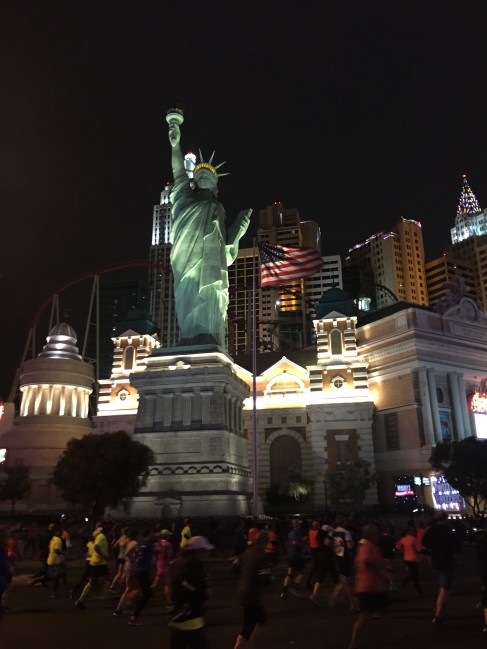
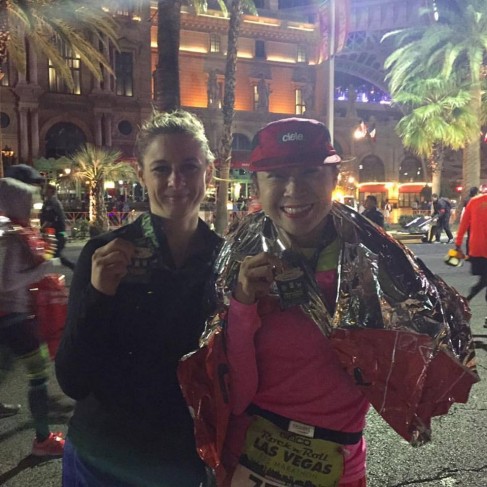



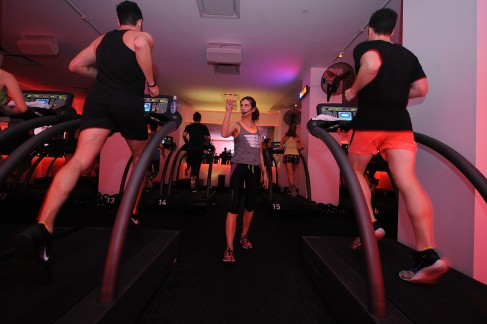



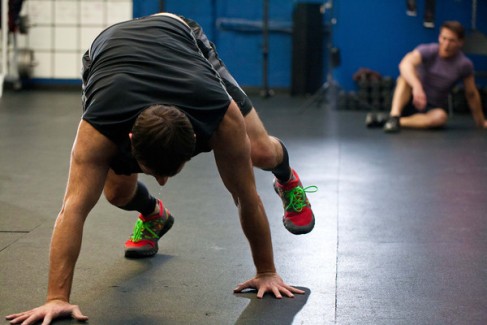

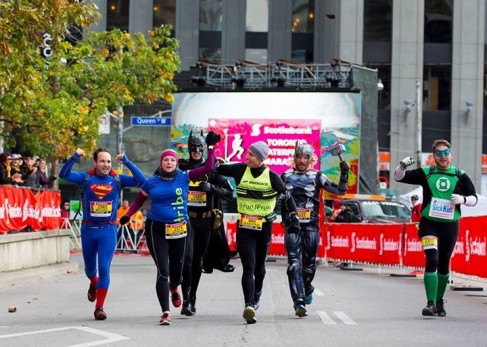

 Our Magazine
Our Magazine
